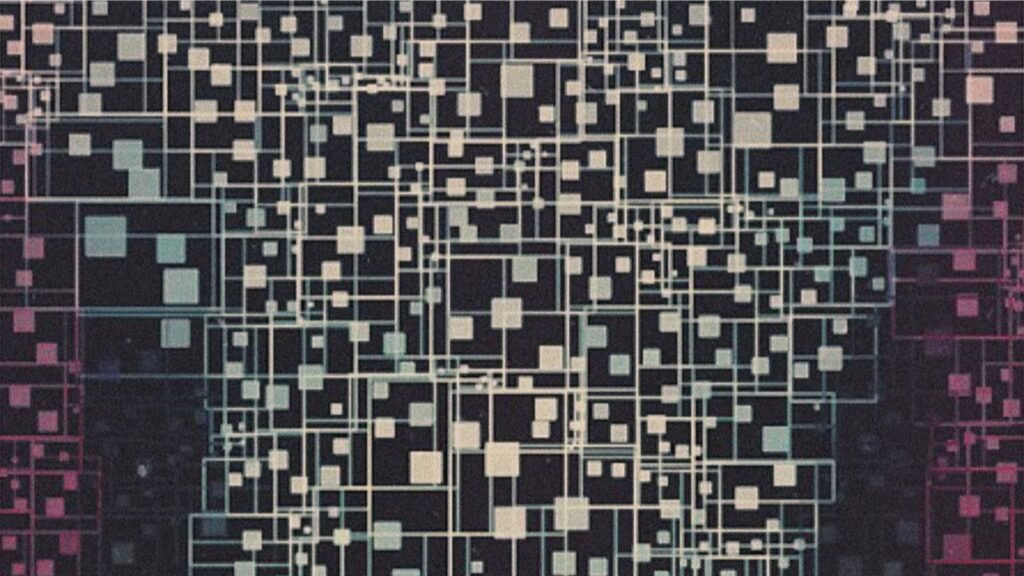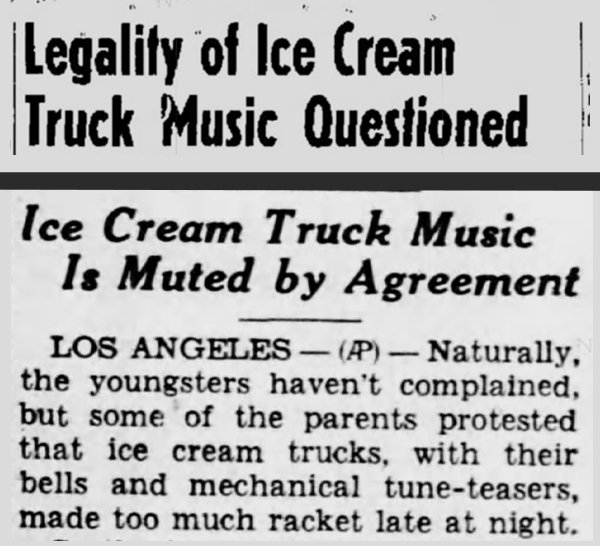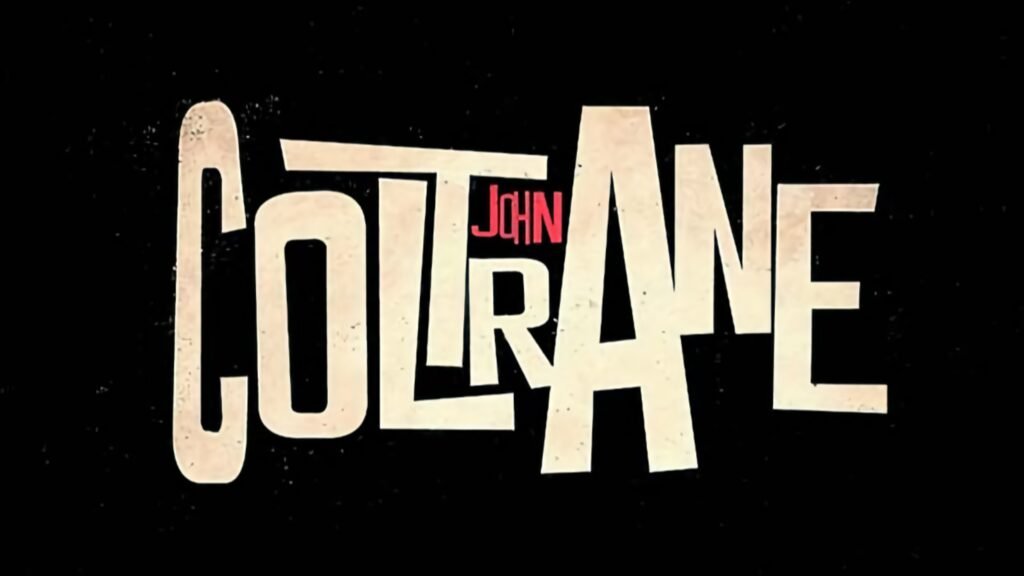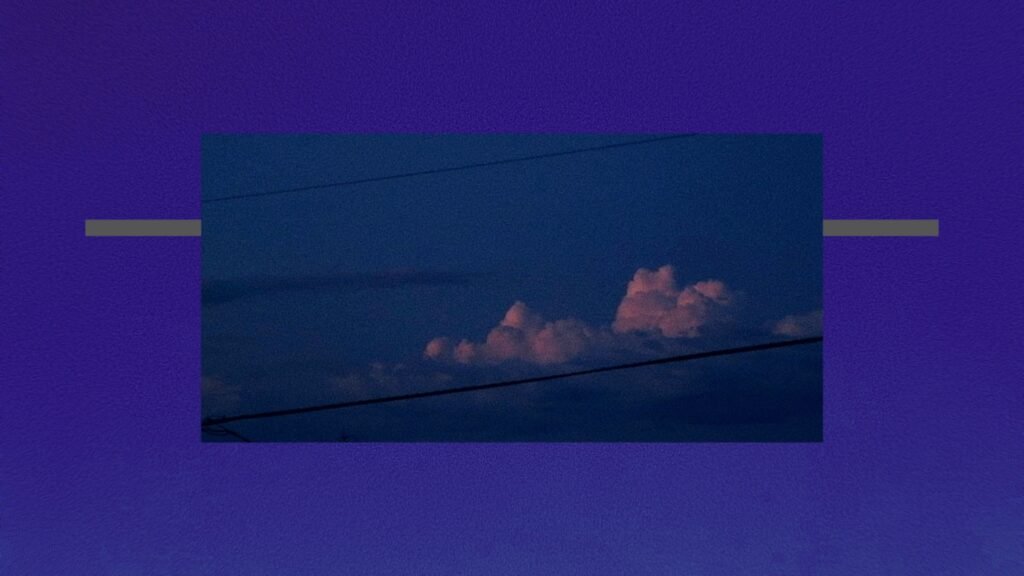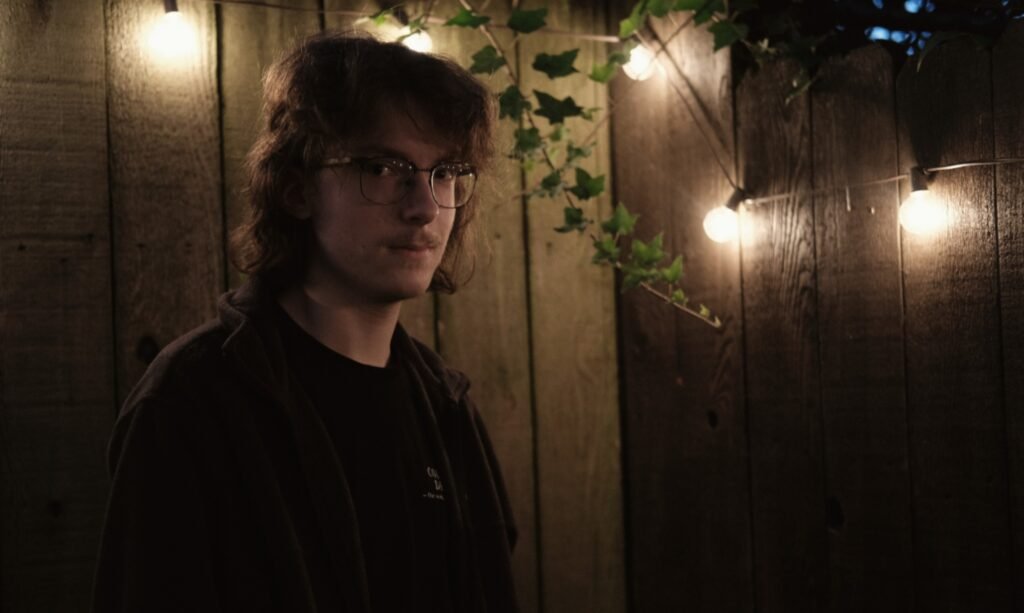Negativity Will Not Do → I could probably write about every other post that appears on The Red Hand Files here. Nick Cave’s answers to his reader’s questions are delightful and insightful, and most deserve highlighting. The latest, Issue #122, is a response to Pat from Chicago asking how Nick deals with hate mail. Nick jokingly — I hope — claims to enjoy “a good death threat in the morning.” Then I’m fully on board once he dismisses social media as “that looney machine of outrage.” I’m sticking the phrase in my quiver for future deployment.
But it’s Nick’s dose of resistant optimism and a rally to continue doing creative work in the face of uncertainty that stirs my soul. I needed to read this today:
Of course, there is much in our world that is in need of change, to be set to rights, and clearly humanity is complex, conflicted and full of faults, but at this moment in time, when our very existence hangs in the balance, we need to come together not just in good faith and consolation, but also in a spirit of creativity and invention. Our existence depends upon offering the best of ourselves. Negativity, cynicism and resentment will not do.
On the same day, James A. Reeves offered this complimentary observation (unintentional) on his Atlas Minor blog:
It’s an awful feeling, being afraid to hope. But I’ve relied on pessimism as a protective measure for too long, only to discover it’s another warped mirror.
I literally exclaimed, “Oh, shit!” when I read that. It felt like I got burned. This week’s tough — the toughest in a while — and the stress is nearly unbearable. My own ‘protective’ pessimism and wallowing outside of my creative pursuits aren’t helping anyone. Quite the opposite, actually. Thanks for the wake-up call.
——————
Joe Muggs on “Starfish and Coffee” → Joe Muggs was given the task of writing in-depth about a Prince song in a lengthy Twitter thread. He chose “Starfish and Coffee.” Hey, that might be my favorite one, too. Joe’s thoughts and recollections on this classic are heartwarming, reminding me of all the things that make one love music (and Prince). He also touches on that DJ set sweet spot: playing a song that everyone knows and digs, but you never hear on the radio (or the 2020 equivalent). Anyway, this is a great thread. Hopefully, someday this screed will get transferred to a blog or personal site (you should do one, Joe) and away from the ephemeral clutches of Twitter. Passionate remembrances such as this deserve a more hallowed ground.
——————
“I Don’t Want To Talk About It” Masks → Orlando art troubadour Patrick Greene ran for mayor of ‘the city beautiful’ in 2004. His campaign slogan was, “I don’t want to talk about it,” a sentiment that has haunted us (and him) ever since. As we barrel further into COVID-times, Pat has heeded the call to extend his slogan to us mask-wearing ‘over its’ as we do our sensible duty while discouraging senseless chat. Or at least that’s how I read it.
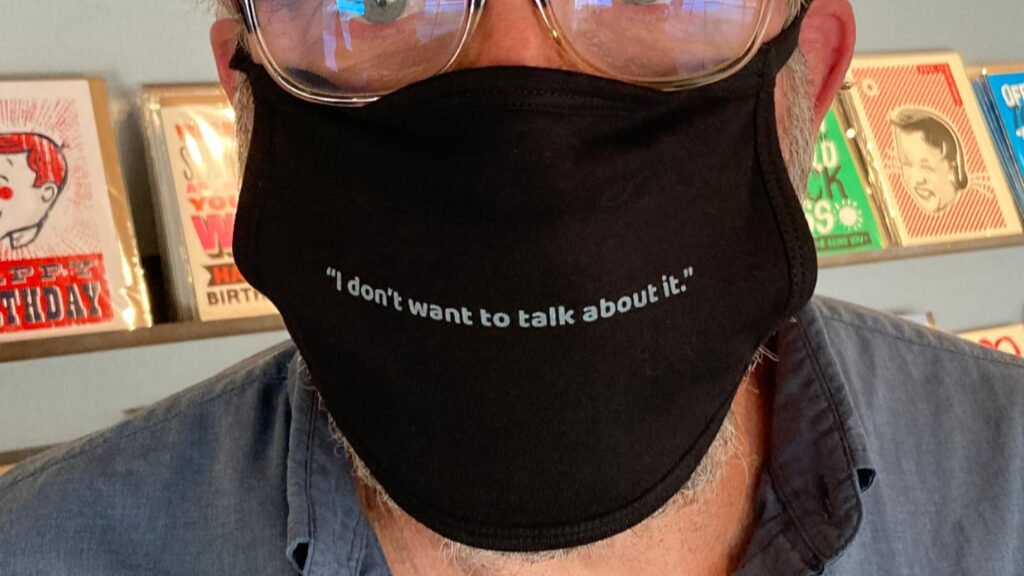
The masks are $16.00 (including shipping within the US), and Pat will donate four of those dollars to Community Hope Center. That organization helps the homeless and those living destitute in the (now) ex-tourist motels along the theme park highways. You may recognize this existence from the film The Florida Project. What was a budding problem at the time of that movie has gotten much, much worse thanks to the economic effects of COVID on Central Florida’s service industries. Supporting Community Hope Center in this crisis is a worthy cause.
Send Pat $16.00 for one of these handy masks. Click here for his email address for more info, or PayPal him using that same email. Be sure to include your shipping address.
——————
Affect Display – Animal Drift Animal → Canadian producer Damien Smith is Affect Display, and he’s released a unique seven-track album titled Animal Drift Animal through the Pirates Blend label. The tracks recall Detroit techno’s early explorations, as releases became less about the dance-floor and more about the head-trip. Smith’s drum programming sets Animal Drift Animal into this heady mode, with frenetic rhythms that betray influences traveling across a landscape of genres. There are scenes of pastoral ambiance, but also indie-quoting guitar lines in “FlightorFury” and a couple of others, a mellow gothiness in “Transference,” and disorienting experimentalism leading to grandiose prog-ness in “Dauen.” And it works. Affect Display has delivered something unusual and grabbing. He’s shaking things up, and what more can one ask for in these lockdown days of endless sameness? Check out the video for “Until the Light Hits the Door” for an eerily nostalgic taste of Affect Display’s electronica:
